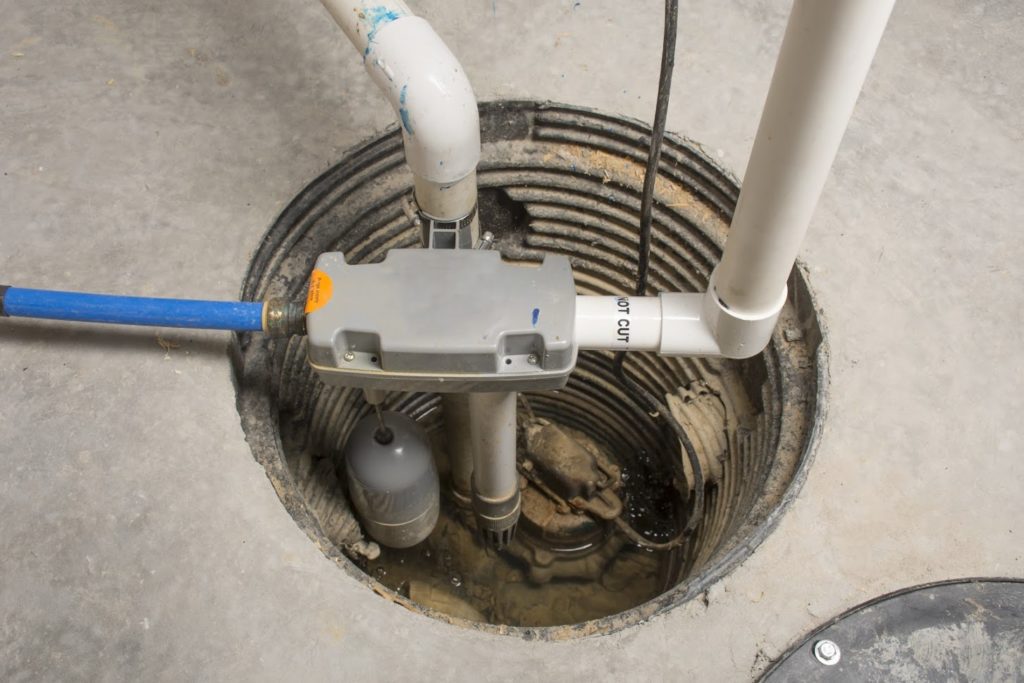
Sump pumps protect your basement against flooding. They remove excess water that may accumulate after a heavy downpour or other related conditions.
However, sump pumps have a definite lifespan, after which you’re likely to notice unusual problems. And because they’re away from plain sight, you may not always be quick to identify a problem. But if you know what to look for, you can avoid major sump pump issues that would cost you a lot in the end. Take a look at the common indicators of a sump pump that needs replacing.
1. Constant Pump Activity
A sump pump that constantly runs (even when the weather is sunny) can be bad news for you. The pump may be unable to handle the added water load flowing into your home.
The following reasons can explain why your sump pump runs continuously:
- A broken switch. A faulty power source can affect the floating and switching mechanisms of your sump pump. The pump may also fall out of position inside the basin and make the float unresponsive.
- A smaller-sized pump. If your pump size isn’t big enough to accommodate the expected water volume, it may have to run continuously to keep up with the overwhelming load.
- A faulty check valve. If the check valve in your pump’s discharge line is broken, water may flow backward and cause the impeller to rotate in the opposite direction. Eventually, the impeller may detach from the motor shaft. The sump pump will continue to run, but no water will flow out of the discharge end.
Typically, a sump pump that never stops running won’t work properly in case of a flood situation. The longer you ignore the problem, the worse it may get. Don’t risk your pump giving in to the strain. Instead, contact your plumber before things get out of hand.
2. Noticeable Rust Patches
Naturally, your sump pump may form rust patches because of the water flowing through it. Sometimes, rust could be from corrosion on the battery terminals. But other times, the brown discoloration could be a result of iron bacteria activity.
These bacteria thrive because of the iron present in water. If left unattended, the iron bacteria can form a gel-like residue that ends up clogging your sump pump. Worse still, the residue can work its way up to your plumbing and create even more problems.
Your plumber could first assess the extent of the clogs during a routine visit. They could either advise sump pump repair or replacement depending on their findings.
3. Loud or Unusual Noises
Although your sump pump may produce sounds when running, louder noises and other strange sounds should be enough to worry you. Certain parts of your pump may need extra attention due to gradual wear and tear.
For example, if the sound is from the motor, a failed bearing could be the most likely reason. Bearings minimize mechanical friction inside the motor. And if the bearings fail, the rotor could brush up against the internal motor components and create loud, sharp noises.
Other times, a jammed impeller could make grinding or rattling noises in the sump pump. Impellers draw water into the sump pump. They operate on a principle opposite to that of a propeller (propellers push air through a pump).
But your pump’s impellers can easily block from debris during operation. As a result, they may bend and become ineffective at doing their job. You’re likely to hear weird noises as the impellers wobble while spinning in the shaft. Because impellers can be quite difficult to re-bend, the better solution may be to replace your sump pump.
Watch out for any of the signs above, and contact us at Spartan Plumbing Inc immediately if you notice them.
